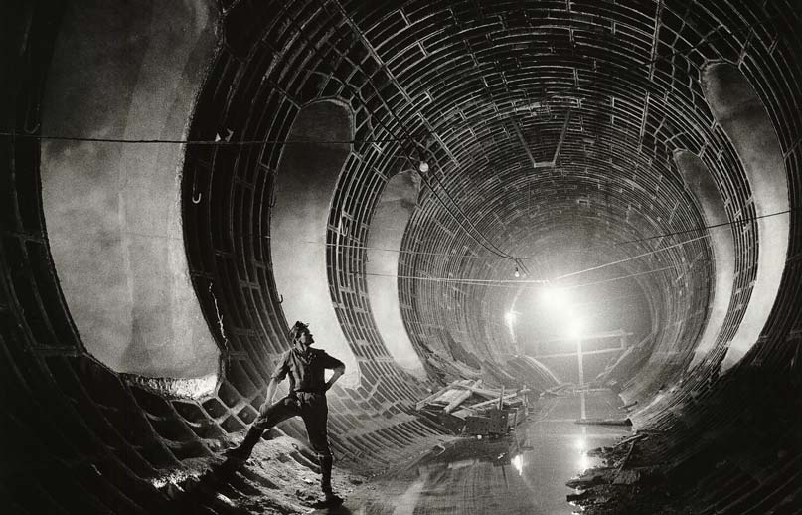| Company Portrait | Quality System | Organigram |
| Board of Directors | Memberships |
Contact |
| Management | History |
Maps |
Design of metro lines and tunnels



Location:BUDAPEST
Principal:BUDAPEST Municipality 1052 Budapest, Városház u. 9-11
Year:
Revenue:
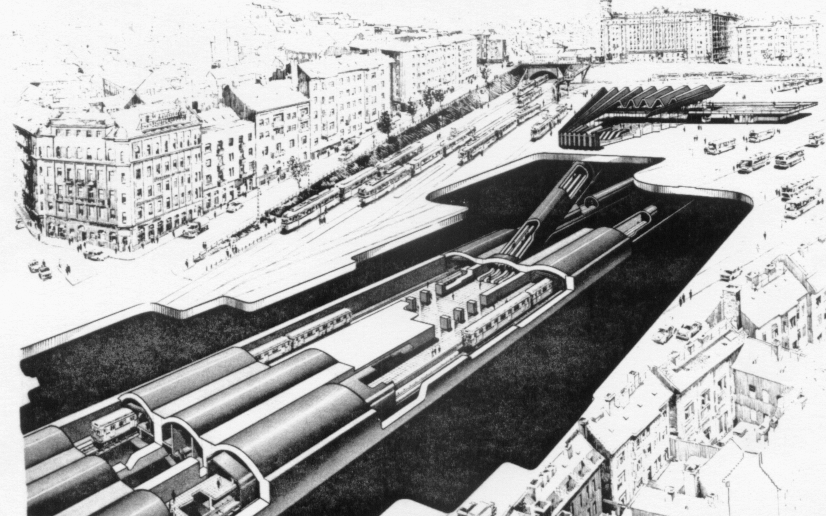 Period Graphics of the Station “Moszkva Square” of the Line M2
Period Graphics of the Station “Moszkva Square” of the Line M2
Metro line M2 (red line)
The metro line M2 is the first large capacity line of the Budapest metro network. It was constructed in the main traffic axis of the east-west direction of Budapest. The average depth of the line under the downtown is 25-30m, the Danube is crossed at this section. The 2,2 km long east end of the line is a subsurface, or surface section. The line creates traffic connection
with two large railway terminals.
The construction of the line embraces two periods: the design and execution works started between 1950 and 1954, following the model of the Moscow metro. Due to economic problems the construction stopped in 1954. In the mid 1960ies the construction continued on the basis of Hungarian designs, using important technical innovations, a part of which were entirely Hungarian intellectual products (segmental tunnel lining, Budapest type 5-tunnrl metro station), and another part represented the results of the international underground construction practice (diaphragm wall construction method).
Description of the works:
Length: 10,0 km (7,8 km deep; 1,2 km subsurface; 1,0 km surface)
Number of stations: 11
Number of workshops: 1 pc.
Shortest headway: 2 min.
Number of daily travels: ~450.000
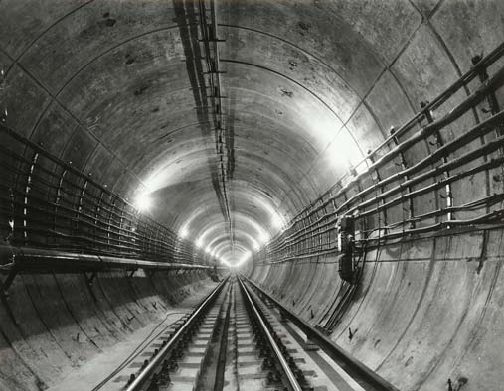 Initially, the structures were constructed as cast-in-situ facilities with traditional mining methods (German, Belgian method, etc.), and manual excavation, which sometimes were completed with modifications proposed by the Hungarian designs (application of special steel centering). Long tunnel sections were constructed with cast iron segments. The structures were provided with bituminous insulation.
Initially, the structures were constructed as cast-in-situ facilities with traditional mining methods (German, Belgian method, etc.), and manual excavation, which sometimes were completed with modifications proposed by the Hungarian designs (application of special steel centering). Long tunnel sections were constructed with cast iron segments. The structures were provided with bituminous insulation.
The reinforced concrete segmental lining appeared at the restart of the execution works, installed with the aid of Soviet-type mechanized shields. The lining, which was awarded the golden prize of “Europrefab” was a Hungarian innovation and, as proven by the prize, it represented the state-of-the-art technology of the era.
The structure of the stations along the line shows a variegated picture, reflecting the technical developments, which have been taken place during the long construction period. 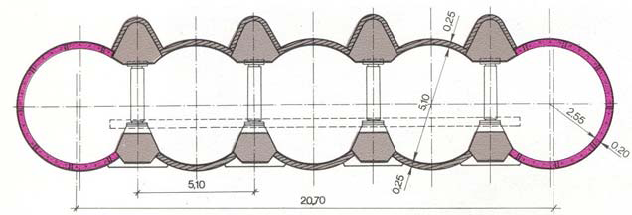
Besides the large diameter cast iron segmental lining stations also the reinforced concrete variant appeared, then the 5-tunnel metro station as well, an innovative structure developed in Hungary. This structure, which required important manual excavation work, proved to be very economic, considering the Hungarian prices and wages of that time. Also he space design was outstandingly aesthetic. The technical equipment of the line corresponded to the highest quality requirements of the period.
The following technical novelties were applied at the construction: important lifting height and capacity escalators, main ventilators for the removal of industrial heat, high performance DC power supply devices. The architectural design of the stations considered the up-to-date materials of the 1970ies (luxaflex, luxalon covers), the passenger areas were provided with strip lighting.
All the sectoral designs of the technical facilities of the metro line M2 were carried out by UVATERV Engineering Consultants. As general designer, the company controlled the design work of the connecting facilities as well – underpasses, surface installations etc.
The metro line was put into operation in two phases:
- In 1970: the first 6,5 km section between the terminus ‘Fehér út’ and “Deák tér’;
- In 1972: the second 3,5 km section from ‘Deák tér’ to the terminus ‘Déli pályaudvar’.
The initial structural element of the 5-tunnel “Budapest-type” metro station, the twin-tunnel, and its period construction method:
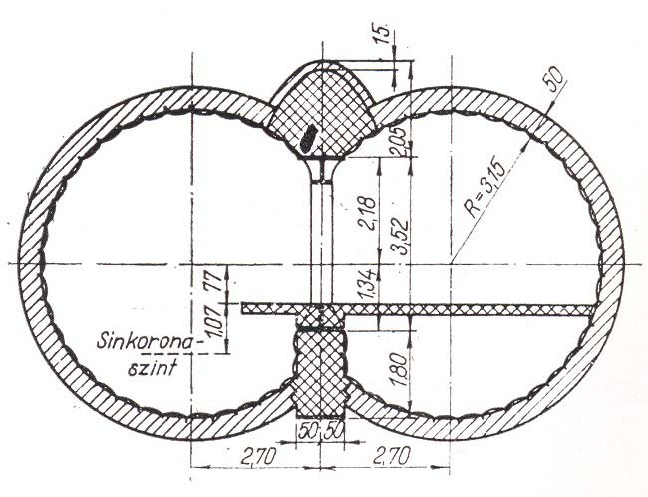
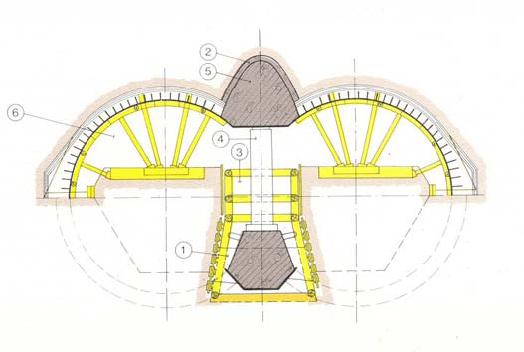
Construction phase of a station (Keleti pályaudvar) made of cast iron tübbings: